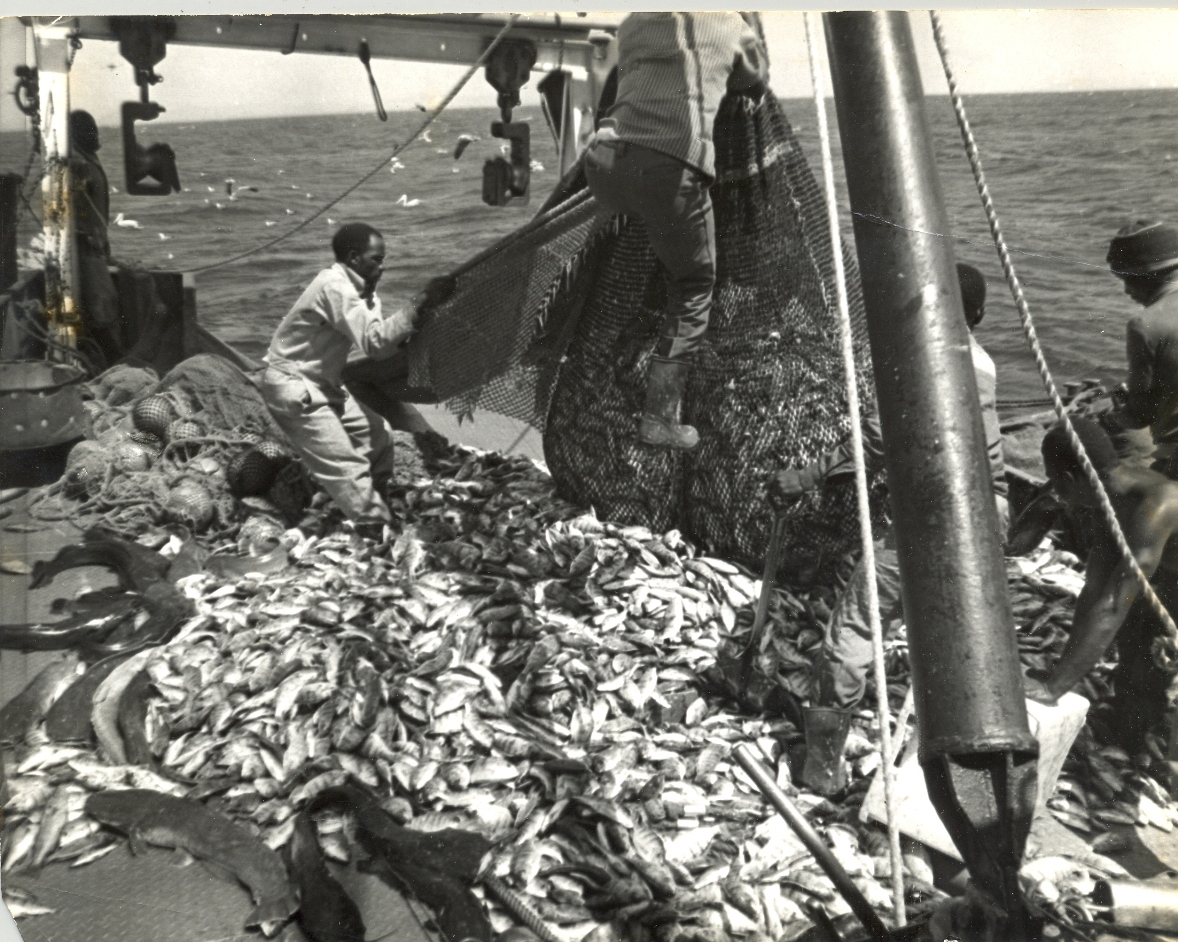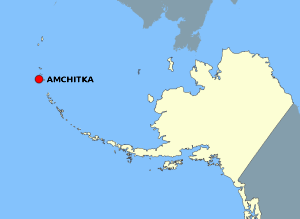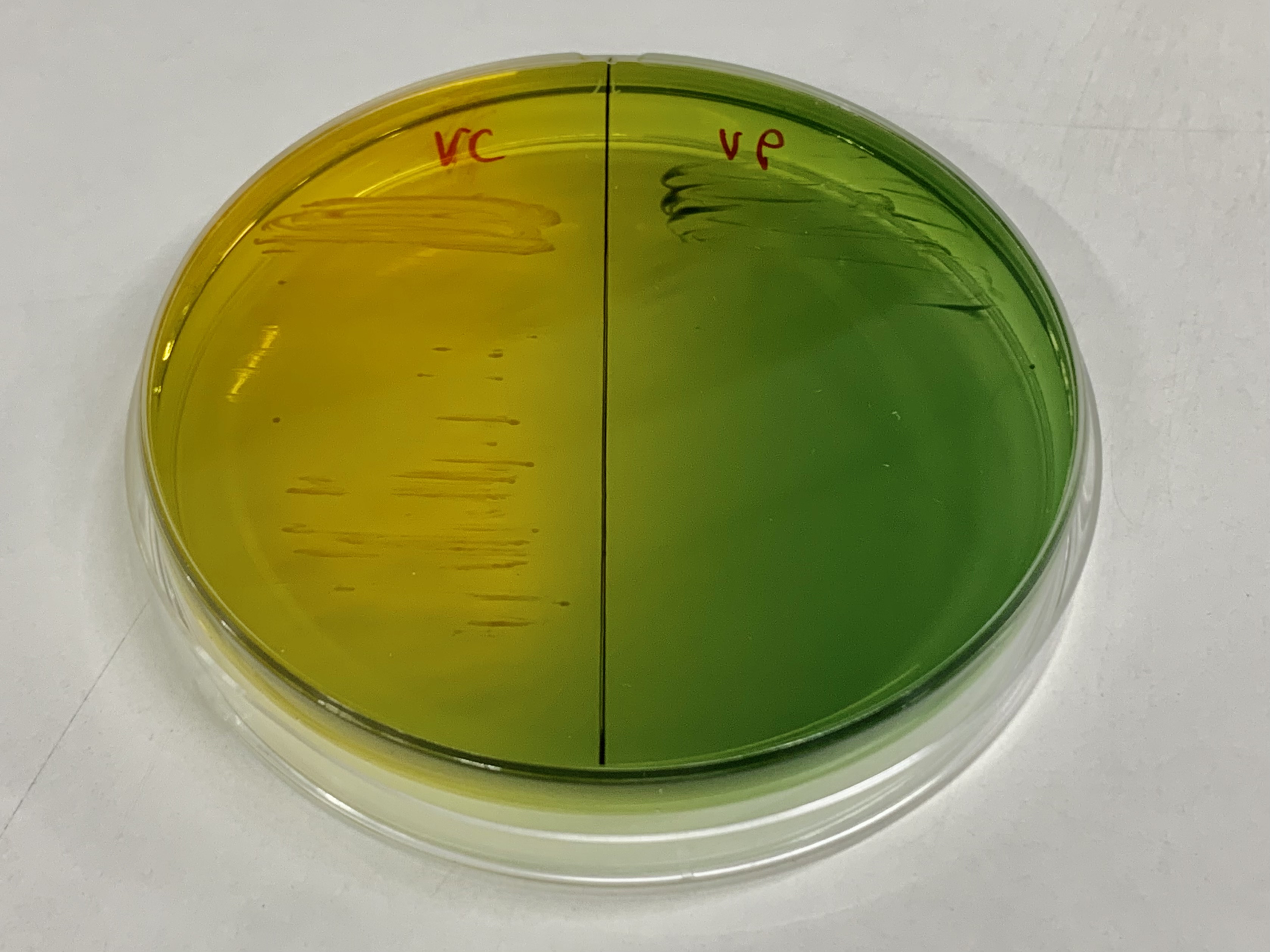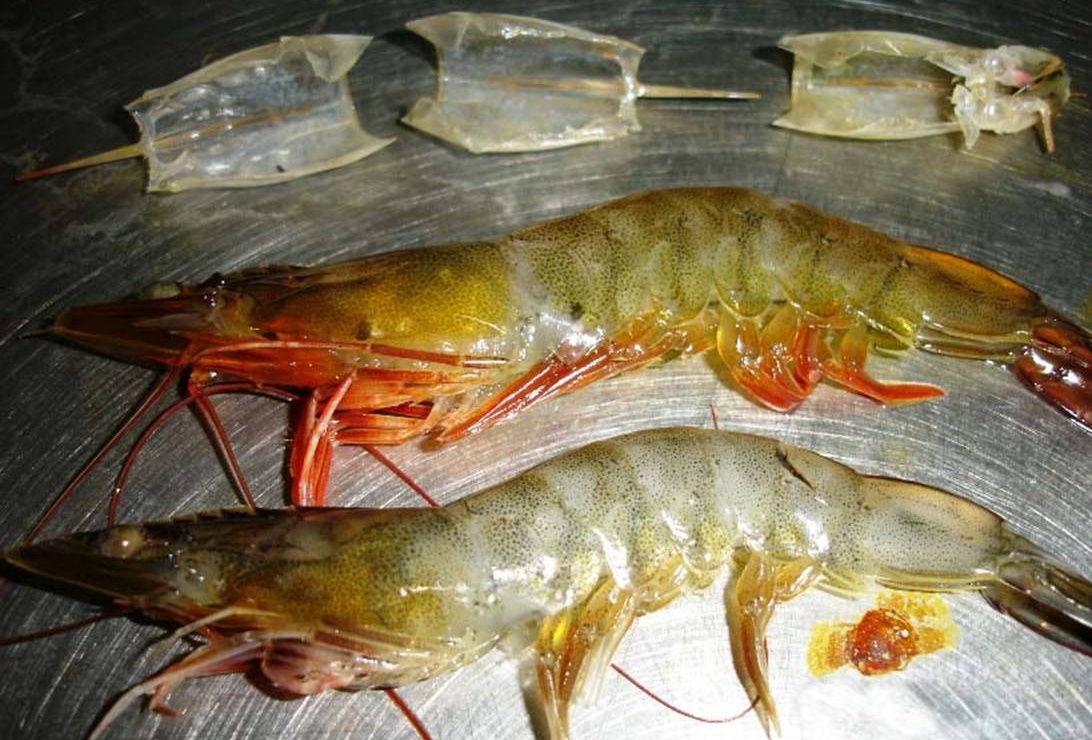|
Whiteleg Shrimp
Whiteleg shrimp (''Litopenaeus vannamei'', synonym ''Penaeus vannamei''), also known as Pacific white shrimp or King prawn, is a species of prawn of the eastern Pacific Ocean commonly caught or farmed for food. Description ''L. vannamei'' grows to a maximum length of , with a carapace length of . Adults live in the ocean, at depths to , while juveniles live in estuaries. The rostrum is moderately long, with 7–10 teeth on the dorsal side and two to four teeth on the ventral side. Distribution and habitat Whiteleg shrimp are native to the eastern Pacific Ocean, from the Mexican state of Sonora to as far south as northern Peru. It is restricted to areas where the water temperatures remain above throughout the year. Fishery and aquaculture During the 20th century, ''L. vannamei'' was an important species for Mexican inshore fishermen, as well as for trawlers further offshore. In the late 20th century, the wild fishery was overtaken by the development of aquaculture prod ... [...More Info...] [...Related Items...] OR: [Wikipedia] [Google] [Baidu] |
Pearl Lee Boone
Pearl Lee Boone (c. 1895/1896 –1954) was an invertebrate zoologist at the Smithsonian's National Museum of Natural History. She was one of the more infamous carcinologists of her time, as her career was fraught with claims of incompetence and disagreements about the veracity of her work in identifications. Life and career Boone was born in Virginia in 1895 or 1896. Her father was born in Maryland and her mother was born in Virginia.Year: ''1930''; Census Place: ''Manhattan, New York, New York''; Page: ''8A''; Enumeration District: ''0390''; FHL microfilm: ''2341288'' Boone began at the United States National Museum, now the National Museum of Natural History in 1913. She was originally an entomological preparator for the United States Department of Agriculture in the Division of Insects at the museum. In 1916, she was hired as an aid for the Division of Marine Invertebrates at the museum, where she was paid $900 per year. In 1918, she was given a raise to be paid $1020 pe ... [...More Info...] [...Related Items...] OR: [Wikipedia] [Google] [Baidu] |
Panama
Panama ( , ; es, link=no, Panamá ), officially the Republic of Panama ( es, República de Panamá), is a transcontinental country spanning the southern part of North America and the northern part of South America. It is bordered by Costa Rica to the west, Colombia to the southeast, the Caribbean Sea to the north, and the Pacific Ocean to the south. Its capital and largest city is Panama City, whose metropolitan area is home to nearly half the country's million people. Panama was inhabited by indigenous tribes before Spanish colonists arrived in the 16th century. It broke away from Spain in 1821 and joined the Republic of Gran Colombia, a union of Nueva Granada, Ecuador, and Venezuela. After Gran Colombia dissolved in 1831, Panama and Nueva Granada eventually became the Republic of Colombia. With the backing of the United States, Panama seceded from Colombia in 1903, allowing the construction of the Panama Canal to be completed by the United States Army Corps of ... [...More Info...] [...Related Items...] OR: [Wikipedia] [Google] [Baidu] |
Unsustainable Fishing Methods
Unsustainable fishing methods refers to the utilization of the various fishing methods in order to capture or harvest fish at a rate which sees the declining of fish populations over time. These methods are observed to facilitate the destructive fishing practices that destroy ecosystems within the ocean, and is used as a tool for over-fishing which results in the depletion of fish populations at a rate that cannot be sustained. These unsustainable fishing methods vary in capabilities, ranging from commercial-grade equipment, such as bottom trawling, to consumer-grade equipment, such as fishing rods and nets. It is the combination of these methods and increasing fishing pressures through sociological practices such as over-exploitation and over-fishing, which makes these fishing methods unsustainable. Defining unsustainable The unsustainable nature of fisheries can be characterized by three aspects, as stated by Ray Hilborn: *''Inconsistent long-term yield'' refers to the im ... [...More Info...] [...Related Items...] OR: [Wikipedia] [Google] [Baidu] |
Greenpeace
Greenpeace is an independent global campaigning network, founded in Canada in 1971 by Irving Stowe and Dorothy Stowe, immigrant environmental activists from the United States. Greenpeace states its goal is to "ensure the ability of the Earth to nurture life in all its diversity" and focuses its campaigning on worldwide issues such as climate change, deforestation, overfishing, commercial whaling, genetic engineering, and anti-nuclear issues. It uses direct action, lobbying, research, and ecotage to achieve its goals. The network comprises 26 independent national/regional organisations in over 55 countries across Europe, the Americas, Africa, Asia and the Pacific, as well as a co-ordinating body, Greenpeace International, based in Amsterdam, the Netherlands. The global network does not accept funding from governments, corporations, or political parties, relying on three million individual supporters and foundation grants. [...More Info...] [...Related Items...] OR: [Wikipedia] [Google] [Baidu] |
Vibrio
''Vibrio'' is a genus of Gram-negative bacteria, possessing a curved-rod (comma) shape, several species of which can cause foodborne infection, usually associated with eating undercooked seafood. Being highly salt tolerant and unable to survive in fresh water, ''Vibrio'' spp. are commonly found in various salt water environments. ''Vibrio'' spp. are facultative anaerobes that test positive for oxidase and do not form spores. All members of the genus are motile. They are able to have polar or lateral flagellum with or without sheaths. ''Vibrio'' species typically possess two chromosomes, which is unusual for bacteria. Each chromosome has a distinct and independent origin of replication, and are conserved together over time in the genus. Recent phylogenies have been constructed based on a suite of genes (multilocus sequence analysis). O. F. Müller (1773, 1786) described eight species of the genus ''Vibrio'' (included in Infusoria), three of which were spirilliforms. Some of the ... [...More Info...] [...Related Items...] OR: [Wikipedia] [Google] [Baidu] |
Infectious Hypodermal And Haematopoietic Necrosis
Infectious hypodermal and hematopoietic necrosis (IHHN) is a viral disease of penaeid shrimp that causes mass mortality (up to 90%) among the Western blue shrimp ('' Penaeus stylirostris'') and severe deformations in the Pacific white shrimp ('' P. vannamei''). It occurs in Pacific farmed and wild shrimp, but not in wild shrimp on the Atlantic coast of the Americas. The shrimp-farming industry has developed several broodstocks of both ''P. stylirostris'' and ''P. vannamei'' that are resistant against IHHN infection. The disease is caused by a single-stranded DNA virus A DNA virus is a virus that has a genome made of deoxyribonucleic acid (DNA) that is replicated by a DNA polymerase. They can be divided between those that have two strands of DNA in their genome, called double-stranded DNA (dsDNA) viruses, and ... of the species ''Decapod pestylhamaparvovirus 1'', earlier known as IHHN virus, the smallest of the known penaeid shrimp viruses (22 nm).Gulf States Marine F ... [...More Info...] [...Related Items...] OR: [Wikipedia] [Google] [Baidu] |
Taura Syndrome
Taura syndrome (TS) is one of the more devastating diseases affecting the shrimp farming industry worldwide. It was first described in Ecuador during the summer of 1992. In March 1993, it returned as a major epidemic and was the object of extensive media coverage. Retrospective studies have suggested a case of Taura syndrome might have occurred on a shrimp farm in Colombia as early as 1990 and the virus was already present in Ecuador in mid-1991. Between 1992 and 1997, the disease spread to all major regions of the Americas where whiteleg shrimp (''Litopenaeus vannamei'') is cultured. The economic impact of TS in the Americas during that period might have exceeded US$2 billion by some estimates. Overview The 1992 Ecuadorian TS epidemic occurred concurrently with an outbreak of black leaf wilt disease in banana plantations. The outbreak of black leaf disease led to an increase in fungicide usage within the Taura River basin district near the city of Guayaquil. The fungicides p ... [...More Info...] [...Related Items...] OR: [Wikipedia] [Google] [Baidu] |
White Spot Syndrome
White spot syndrome (WSS) is a viral infection of penaeid shrimp. The disease is highly lethal and contagious, killing shrimp quickly. Outbreaks of this disease have wiped out the entire populations of many shrimp farms within a few days, in places throughout the world. White spot syndrome virus (WSSV) is the lone virus of the genus ''Whispovirus'' (white spot), which is the only genus in the family ''Nimaviridae''. It is responsible for causing white spot syndrome in a wide range of crustacean hosts. The disease is caused by a family of related viruses subsumed as the white spot syndrome baculovirus complex and the disease caused by them as white spot syndrome. History The first reported epidemic due to this virus is from Taiwan in 1992. Reports of losses due to white spot disease came from China in 1993 where it led to a virtual collapse of the shrimp farming industry. This was followed by outbreaks in Japan and Korea in the same year, Thailand, India and Malaysia in 1994, ... [...More Info...] [...Related Items...] OR: [Wikipedia] [Google] [Baidu] |
La Niña
La Niña (; ) is an oceanic and atmospheric phenomenon that is the colder counterpart of as part of the broader El Niño–Southern Oscillation (ENSO) climate pattern. The name ''La Niña'' originates from Spanish for "the girl", by analogy to ''El Niño'', meaning "the boy". In the past, it was also called an ''anti-El Niño'' and ''El Viejo'', meaning "the old man." During a La Niña period, the sea surface temperature across the eastern equatorial part of the central Pacific Ocean will be lower than normal by 3–5 °C (5.4–9 °F). An appearance of La Niña often persists for longer than five months. El Niño and La Niña can be indicators of weather changes across the globe. Atlantic and Pacific hurricanes can have different characteristics due to lower or higher wind shear and cooler or warmer sea surface temperatures. Background ImageSize = width:800 height:70 PlotArea = left:50 bottom:20 width:700 height:40 Period = from:1 ... [...More Info...] [...Related Items...] OR: [Wikipedia] [Google] [Baidu] |
El Niño-Southern Oscillation
EL, El or el may refer to: Religion * El (deity), a Semitic word for "God" People * EL (rapper) (born 1983), stage name of Elorm Adablah, a Ghanaian rapper and sound engineer * El DeBarge, music artist * El Franco Lee (1949–2016), American politician * Ephrat Livni (born 1972), American street artist Arts, entertainment, and media Fictional entities * El, a character from the manga series ''Shugo Chara!'' by Peach-Pit * El, short for Eleven, a fictional character in the TV series ''Stranger Things'' * El, family name of Kal-El (Superman) and his father Jor-El in '' Superman'' *E.L. Faldt, character in the road comedy film ''Road Trip'' Literature * ''Él'', 1926 autobiographical novel by Mercedes Pinto * ''Él'' (visual novel), a 2000 Japanese adult visual novel Music * Él Records, an independent record label from the UK founded by Mike Alway * ''Él'' (Lucero album), a 1982 album by Lucero * "Él", Spanish song by Rubén Blades from ''Caminando'' (album) * "Él ... [...More Info...] [...Related Items...] OR: [Wikipedia] [Google] [Baidu] |
Downey, California
Downey is a city located in Southeast Los Angeles County, California, United States, southeast of downtown Los Angeles. It is considered part of the Gateway Cities. The city is the birthplace of the Apollo space program. It is also the home of the oldest operating McDonald's restaurant in the world. As of the 2020 census, the city had a total population of 114,355. History 18th century to World War II Mission San Gabriel Arcángel was initially founded on September 8, 1771, near settlements of the Tongva people. It was located in the Whittier Narrows on a bluff overlooking the Rio Hondo, near the intersection of today's San Gabriel Blvd and Lincoln Avenue.Kyle, Douglas E. (1990). ''Historic Spots in California'', 4th ed. Stanford, CA: Stanford University Press. After five years, flooding forced the relocation of the mission to its present site in San Gabriel. In 1784, Governor Pedro Fages granted to former soldier Manuel Nieto (1734–1804) the largest of the land ... [...More Info...] [...Related Items...] OR: [Wikipedia] [Google] [Baidu] |





